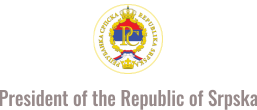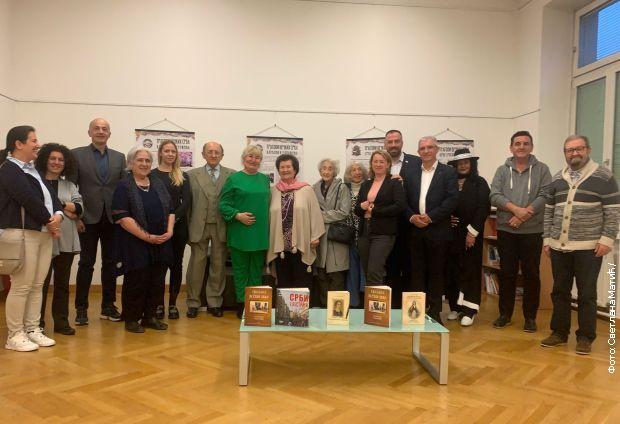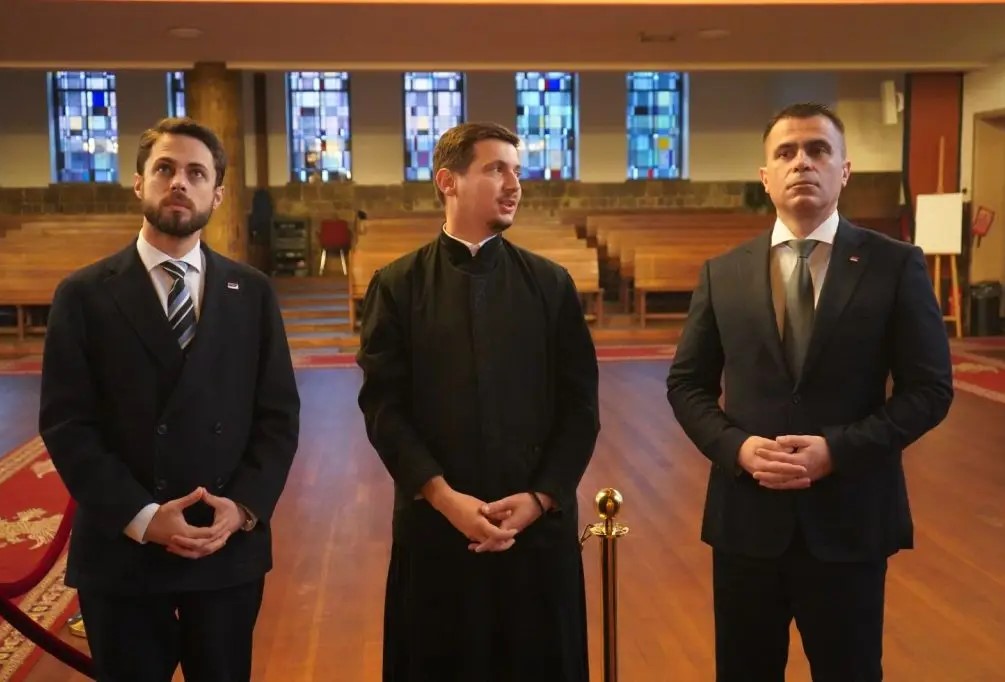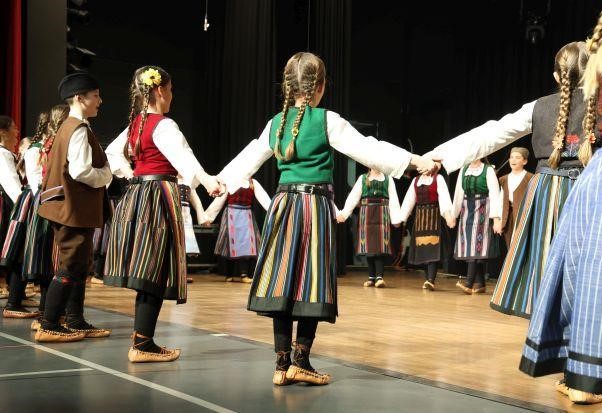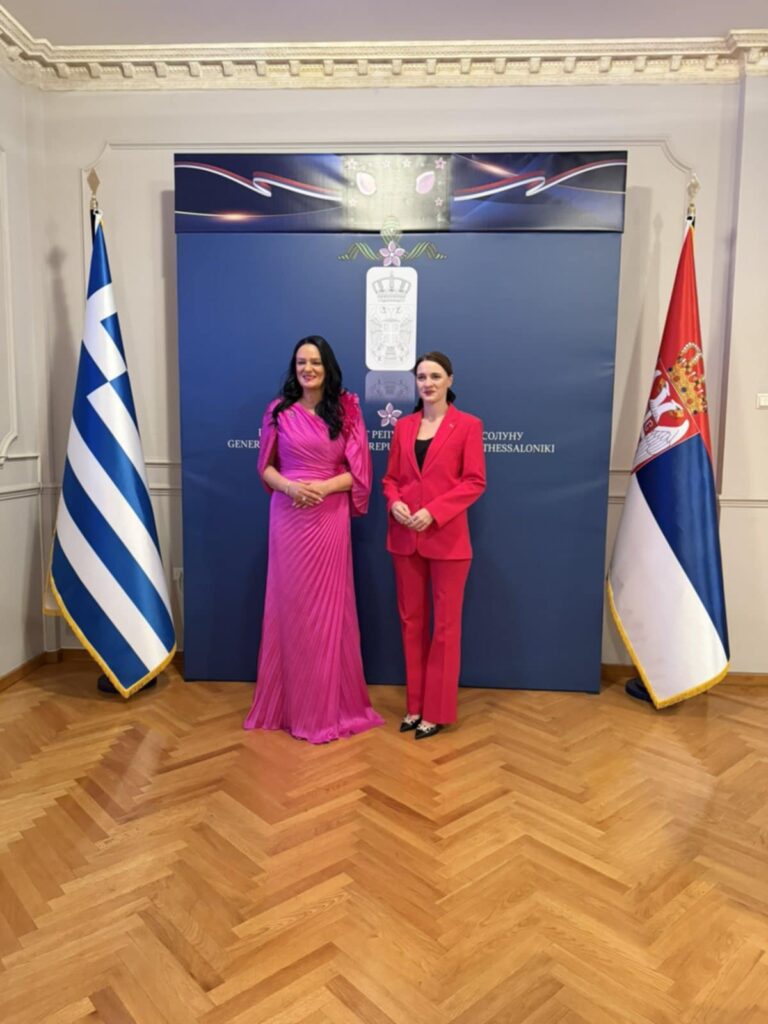On 8 May 2025, the exhibition Traces of the Viennese Serbs by Svetlana Matić and Marko Lopušina opened officially under the patronage of Silvia Janković, Head of the 5th District of Vienna. The exhibition originated from the homonymous book. It was designed by Dušan Borisavljević, and its creation was financed through a project by the Ministry of Culture of the Republic of Serbia.
The attendees were greeted by Prof. Svetlana Matić, who thanked Ms Janković for making it possible to open the exhibition in the premises of the Magistrate. She said that the Serbian community was proud of the very first Serbian woman who had been leading the Margareten district successfully for five years. She noted the importance and need for the establishment of a Serbian cultural center in Vienna, bearing in mind the estimates according to which around two hundred thousand Serbs lived in Vienna.
In addressing the audience, Silvia Janković welcomed them and emphasized her Serbian origin. Considering that she has been politically active for many years, she has supported all activities of the Serbian community, especially the efforts of Svetlana Matić and the Wilhelmina Mina Karadžić ASCS, as according to her, history matters for knowing our roots and our origin, and we can learn about this from Svetlana’s books. ‘Our children were born here, and we Serbs must be part of the city and a pillar of Viennese society,’ concluded Janković. As a token of gratitude for the support in Society’s work, Prof. Svetlana Matić presented her with a certificate of appreciation.
Speaking about the exhibition and panel contents, Prof. Matić said that Serbs had been present on Austrian soil for five centuries and creating and building together with the Austrians, and that they were also bound by a shared cultural and historical life. She stated that Vienna was the largest Serbian city in the diaspora. She spoke about the first Serbian printing houses, famous works printed there, such as Njegoš’s Gorski vijenac (The Mountain Wreath), Vuk’s Srpski rječnik (Serbian Dictionary), Branko Radičević’s Pesme (Poems), Daničić’s Borba za srpski jezik i pravopis (The War for the Serbian Language and Orthography), Novine serbske (Serbian Newspapers), etc.
She noted that Paula Preradović, of Serbian origin, had written the Austrian national anthem, and that the director of the Vienna Opera was Bogdan Roščić, of Belgrade origin. Olivera Miljković is a principal of the Vienna Opera and currently lives in Vienna. Many Serbian painters were educated in Vienna, such as Uroš Predić and Paja Jovanović. She said that Miloš Obrenović had owned three villas in Vienna and that in 1847 he had organized the first Serbian Slavic Ball, where the Serbian Quadrille was performed. She stated in particular the importance and contribution of Milutin Milanković, who had been educated, received his doctorate and taught at the Vienna Technical Faculty. ‘We have left deep roots, and we continue to leave traces,’ concluded Matić.
Prof. Svetlana Matić presented Vjera Rašković, who reviewed the book Traces of the Viennese Serbs, with a certificate of appreciation for her support in the work of the Society.
This cultural event was attended, among others, by Bojan Zrnić, General with the OSCE Mission Vienna, Maša Manić, Vice Consul at the Embassy of the Republic of Serbia in Austria, Željko Tomić, journalist, translator Mira Varga, Prof. Milica Lađević, Nataša Pajković, author, Aleksandar Stanković, President of the Association of Serbian Diaspora Folklore, archaeologist Dušan Rašković, Slobodan Cojić and others.
Source: Radio Television of Serbia – Svetlana Matić
Photo: Radio Television of Serbia
